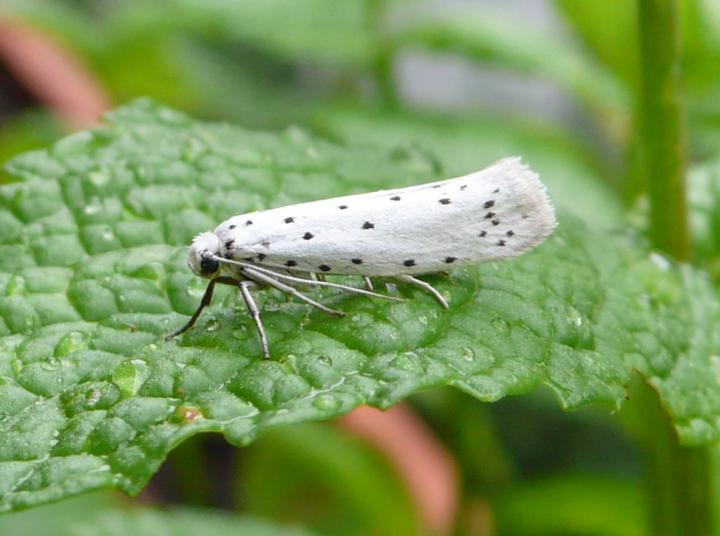Light Pollution Is Causing City Moths To Run In Order To Survive
Ever here the classic phrase “like a moth to a flame,” which alludes the well-known attraction moths have to bright lights? It may not be so anymore, thanks to a global increase in light pollution.
City streets are flooded with artificial light-sources like lamp posts, street lights, and business signs, and its having a negative effect on organisms and entire ecosystems.
The consequences of this light influx are particularly hard on nocturnal insects, since their attraction to artificial light sources usually ends in death.

For moths in urban areas there aren’t many options: either die through direct burning or die from increased exposure to predators. Mortality rates of urban insects is more than double what it is in rural areas.
However, a new study by Swiss zoologists from the Universities of Basel and Zurich is showing that urban moths have learned to avoid light.
Artificial light affects the ecosystem of insects by interfering with their natural day-night cycle and influencing feeding and reproduction patterns. The zoologists set out to study whether moths in the Basel region have made evolutionary adaptations to the changed light conditions.
For the experiment they collected larvae in the Basel region in areas with low light pollution and in areas with heavy light pollution. The researchers then analyzed the flight-to-light behavior of about 1,050 adult moths in the lab.
Their findings proved that moths from areas subject to heavy light pollution have a significantly lower drive to move toward light sources than those from areas with low light pollution. In addition, their study proved that females overall were less attracted to light.
According to the researchers, the results suggest that natural selection has changed the animals’ behavior. Flight-to-light propensity puts moths at a disadvantage in light polluted areas, therefore they have adapted to survive.
While that is a good thing for the moths, the zoologists suggest that a consequence of this adaptation could be reduced overall mobility of the insects, leading to reduced pollination of plants.


Comments are closed, but trackbacks and pingbacks are open.